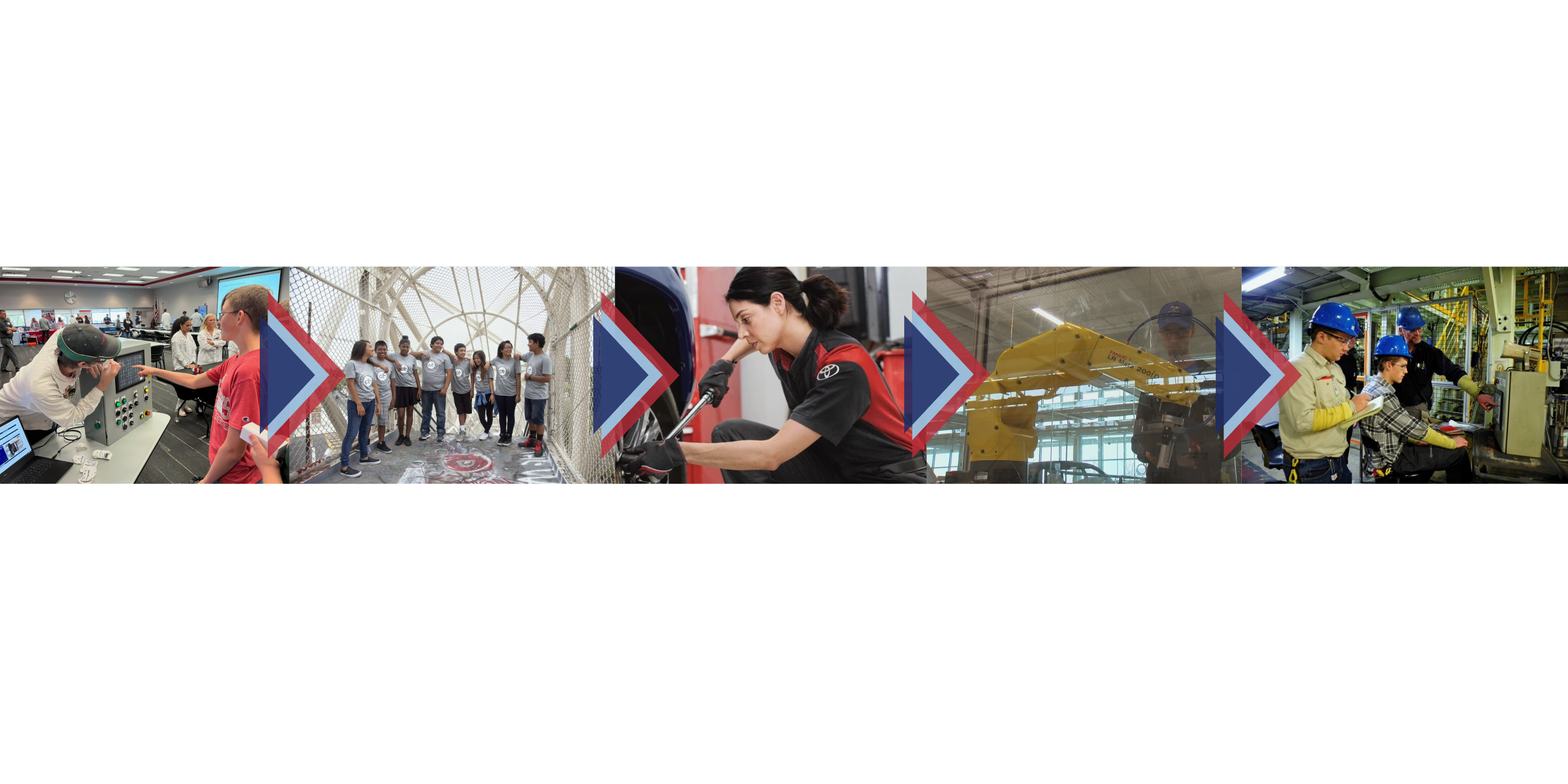By Jenny A. Kai, Senior Manager of Government and Public Affairs
Spring has returned to Washington D.C. and once again the cherry blossoms have come to grace the capital. Their enduring beauty is a testament to the strength of the U.S.-Japan alliance, which also remains as resilient as ever. During an important visit by the Prime Minister of Japan Fumio Kishida, at the start of the year, President Joe Biden emphasized, “I don’t think there’s ever been a time when we’ve been closer to Japan in the United States.” With the upcoming G7 Summit scheduled from May 19 -21 in Hiroshima, Japan, and the Asia-Pacific Economic Cooperation (APEC) Leaders’ Week during the week of November 12 in San Francisco, hosted by Japan and the U.S. respectively, this year is shoring up to be a landmark year for the two countries and an opportunity to work even more closely to advance shared goals and values.
Japan remains the U.S.’ largest foreign investor, and Japanese-brand automakers have continued to contribute significantly to local communities throughout the U.S. by cumulatively investing over $57 billion into manufacturing plants across America. Furthermore, beyond actual investment dollars, JAMA members have also played a vital role in nurturing people-to-people ties on the local level, which has only helped to bolster this historic friendship. Honda was the first Japanese automaker to establish a U.S. manufacturing presence in 1979 in Marysville, OH, and has played a foundational role in the development of a “friendship city” relationship with Yorii-machi in Saitama prefecture, Japan. Today, there are regular missions and student exchanges that take place between the two cities, and a number of Japanese cultural events and activities are organized annually in Marysville.
Similarly, Toyota’s Georgetown, KY, plant has also played a critical role in helping to foster close cultural ties. In fact, in 1990 a “sister city” relationship between Georgetown and Tahara, Japan, which is also home to a Toyota manufacturing plant, was first established. This relationship began just four years after the plant in Georgetown broke ground, which has resulted in a formal student exchange program between the two cities and the building of Yuko-en on the Elkhorn, the first Kentucky-Japan friendship garden, to commemorate these close ties.
Nissan has also been a staunch supporter of the Japanese American National Museum (JAMN) in Los Angeles for nearly twenty years through the Nissan Foundation. The museum houses exhibits, educational programs, and award-winning documentaries that shed light on the rich history of Japanese Americans. The Nissan Foundation has helped fund the JAMN’s school visit programs and cultural festivals to help promote cross-cultural understanding and celebrate the U.S.’ ethnic diversity. Additionally, Subaru also sponsors an annual cherry blossom festival in Philadelphia in partnership with the Japan America Society of Greater Philadelphia. The festival honors the city’s cultural connections with Japan and showcases cherry trees, which were gifted by Japan in 1926 to commemorate 150 years of American independence.
Throughout the years, JAMA members’ investments have reflected Japanese-brand automakers’ deep commitment toward investing in local communities not just economically but also on the people-to-people level. The legacy of the U.S.-Japan friendship lives on in these personal ties in communities across the U.S., which is an undeniable testament to the strength of the alliance that continues to bloom year after year. Personally, as an alumna of the Japan Exchange and Teaching (JET) Program, of which I was an assistant English language teacher in Nara Prefecture, I have witnessed firsthand how initiatives promoting bridges of cultural understanding can have real and lasting impacts. With great excitement and optimism, we look forward to a meaningful 2023 that elevates the friendship between the U.S. and Japan even further on the global, national, and community levels!

